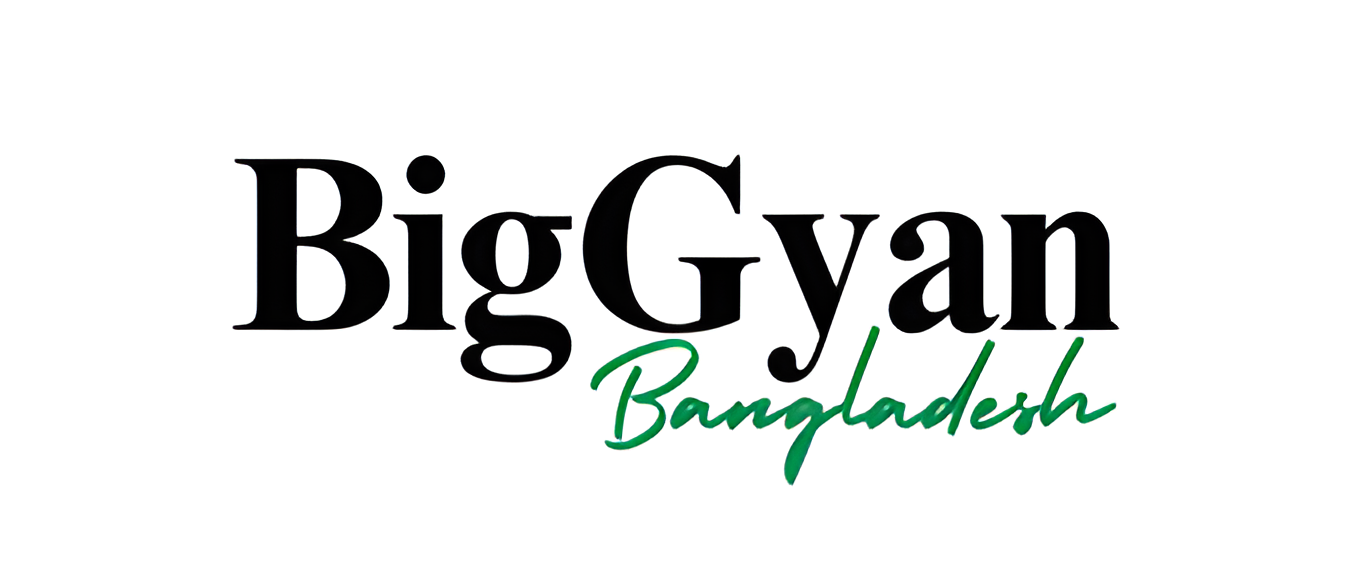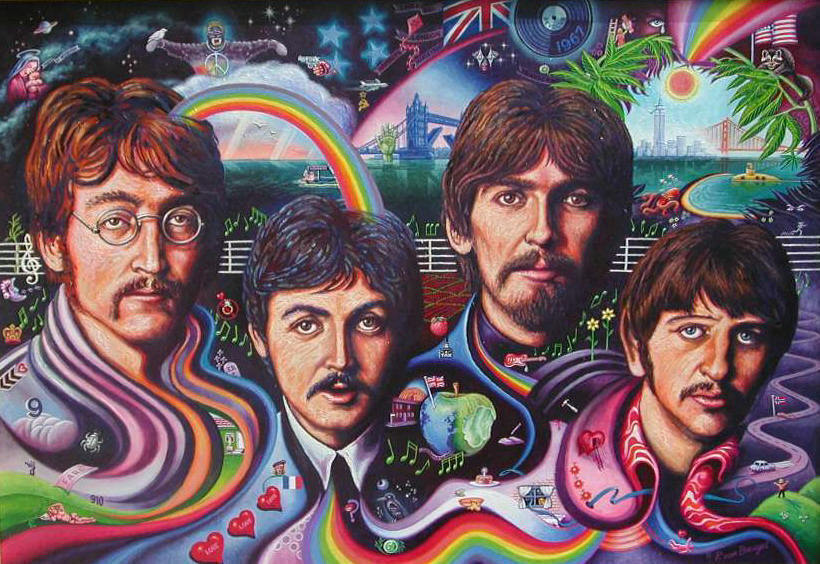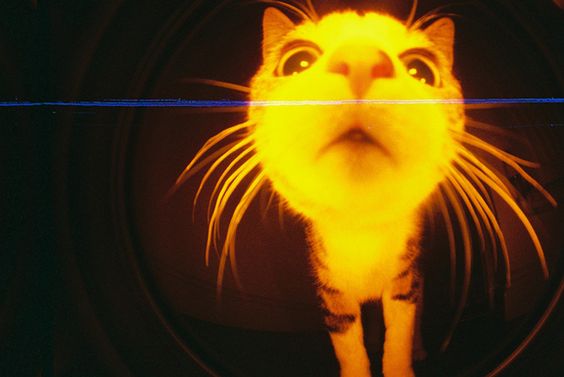Imagine a world where your wildest ideas flow effortlessly, barriers between thoughts crumble, and your mind dances freely with creativity. Sounds like a dream, right? For many, psychedelics are said to spark this kind of uninhibited imagination, making them a hot topic in science, art, and even tech innovation.
But what’s really going on in the brain when psychedelics come into play? Are they truly the key to unlocking creativity, or is it all just a trippy myth? Let’s dive in and separate the science from the hype!
What Happens in Your Brain on Psychedelics?
Psychedelics like LSD, psilocybin (magic mushrooms), and DMT don’t just make you see kaleidoscopic colors or feel one with the universe. These substances interact with serotonin receptors in the brain, especially in areas linked to mood, perception, and cognition.
The real magic happens when psychedelics mess with the default mode network (DMN). This network is like the brain’s autopilot, running your inner monologue and keeping your thoughts in check. Psychedelics turn the DMN’s volume way down, allowing different brain regions to communicate in ways they normally don’t. Think of it like letting your brain’s creative departments hold an unfiltered brainstorming session.
Why Do Psychedelics Boost Creativity?
Creativity thrives on making unexpected connections, and that’s exactly what psychedelics encourage. With the brain operating in a more interconnected and less rigid state, ideas that seemed unrelated suddenly fit together like puzzle pieces.
A study from 2018 found that people who took psychedelics reported enhanced “divergent thinking,” which is the ability to generate multiple solutions to a single problem. This explains why artists, writers, and musicians often credit psychedelics with inspiring their most out-of-the-box creations.
For instance, The Beatles’ iconic Sgt. Pepper’s Lonely Hearts Club Band album wouldn’t exist without their psychedelic experiments. And it’s not just artists—some Silicon Valley innovators swear by microdosing (taking tiny, non-hallucinogenic doses of psychedelics) to think differently and spark groundbreaking ideas.
The Double-Edged Sword
Before you go booking a one-way ticket to creative nirvana, it’s important to note that psychedelics aren’t a guaranteed creativity booster. While some trips can lead to jaw-dropping insights, others might just leave you overwhelmed by swirling colors or existential dread.
Context matters—a lot. Set (your mindset) and setting (your environment) are crucial for a positive experience. Plus, creativity is subjective; one person’s masterpiece might be another’s incomprehensible scribble.
Can Science Back It Up?
Research into psychedelics and creativity is still in its early days, thanks to decades of prohibition. However, modern studies are showing promising results. A famous experiment from the 1960s gave psychedelics to professionals in technical fields—engineers, architects, and physicists. Many reported breakthrough ideas, and some even solved problems they’d been stuck on for months.
Today, with psychedelics being decriminalized in parts of the world, scientists are diving deeper into their effects. Could psychedelics become tools for problem-solving in science and innovation? The possibilities are exciting.
The Takeaway
Psychedelics and creativity make a fascinating duo. While they might not turn you into the next Picasso or Steve Jobs overnight, they can help break mental barriers and inspire fresh perspectives. But creativity isn’t just about trippy substances—it’s about curiosity, persistence, and daring to see the world differently.
So, whether you’re crafting a painting, solving a complex equation, or simply trying to think outside the box, remember: your brain is already wired for creativity. Psychedelics might just turn up the volume on what’s already there.
Who knows? Your next big idea could be closer than you think—no magic mushrooms required.
written by Fida Wafiq




